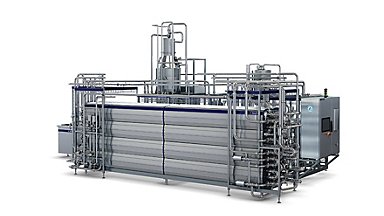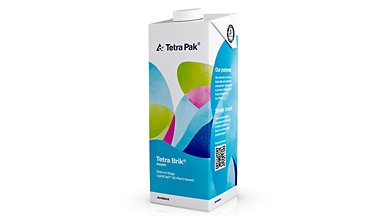Lactose-free milk and milk drinks production
Consumers are increasingly aware of the digestive syndrome known as lactose intolerance – and are increasingly prioritizing gut health and well-being. They are looking for a wide range of products that support their well-being. This is driving an increase in demand for lactose-free milk dairy products* worldwide.
*The rules for designating lactose-free and lactose-reduced food products vary between countries. They must be checked in each case by the food producer based on the recipe, technology applied, quality control testing procedures and food product positioning.
Expertise in lactose free milk production
To meet the shifting consumer demands and stay competitive, you can produce a wide range of lactose-free products – with the right taste profile and composition for your markets. Whether your consumers prefer a neutral or sweeter taste, we have the know-how to help you with food product innovation, and give you expert support in formulation and recipe testing. And we have the technology to build line solutions that give you consistent, high product quality over a longer shelf life while optimizing throughput to cut costs and environmental impact.

Reduced lactose production: insights to get it right
The growing market for reduced and lactose-free products is creating new opportunities for dairies. At the same time, ensuring product quality can be a challenge, as altering the lactose content of milk can significantly impact attributes like flavour and mouthfeel. How can you get it right?
Find out in a new chapter of our Dairy Processing Handbook, which offers a deep dive into the science and challenges behind reduced-lactose production.

























